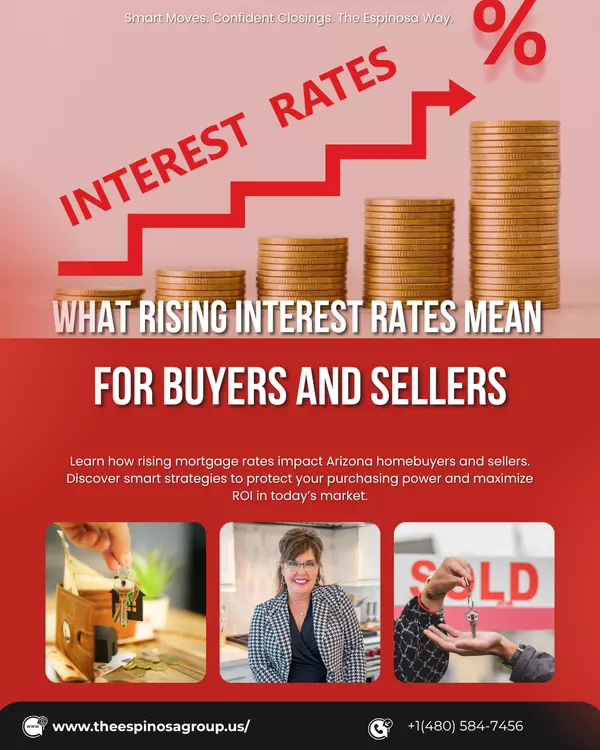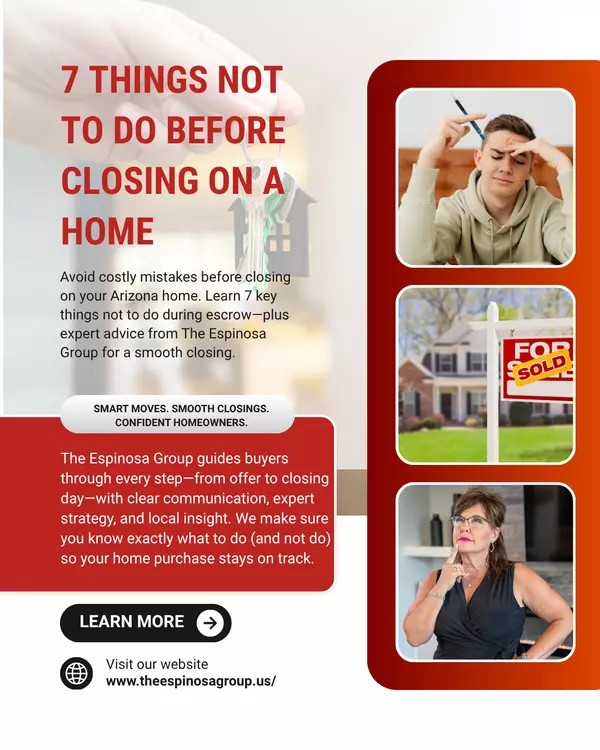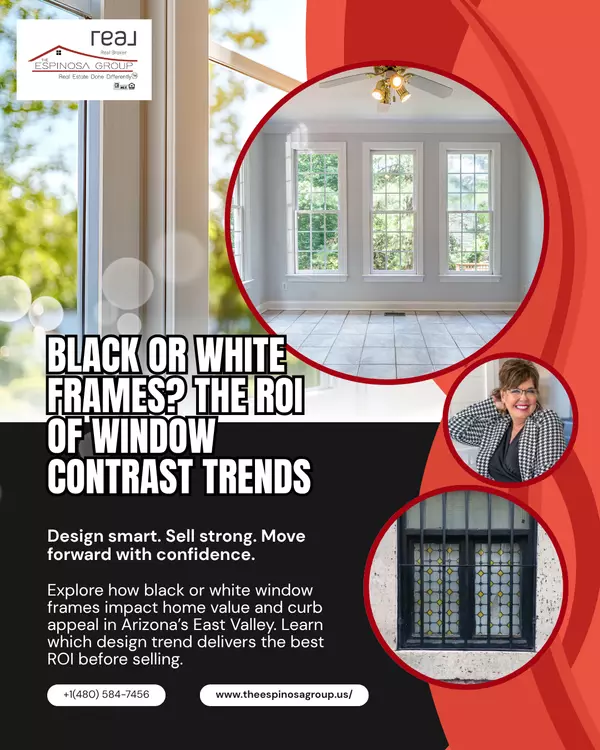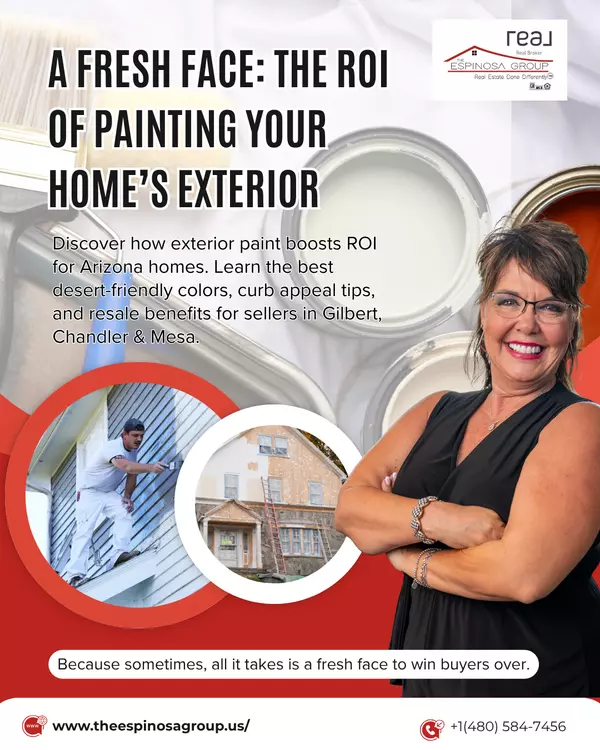The Psychology of Home Staging: Why It Helps Sell Faster
When it comes to selling a home, emotions drive decisions. Buyers may begin their search with a logical checklist—budget, square footage, number of bedrooms—but ultimately, the home they choose is the one that feels right. This is where staging comes in.
By strategically arranging furniture, colors, and décor, staging taps into psychology, helping buyers form an emotional connection with the home. Let’s break down why staging works and how it influences buyer perception.
1. First Impressions Are Everything
📌 The Psychology: Buyers form an opinion about a home within seconds of walking in (or even just seeing listing photos). This happens due to a psychological principle called thin-slicing, where people make snap judgments based on small amounts of information.
✅ The Staging Solution:
- Focus on curb appeal—a clean entryway, fresh landscaping, and a welcoming front door.
- Ensure the home looks bright, fresh, and well-maintained from the moment buyers step inside.
- Use inviting décor like a neutral color palette, warm lighting, and soft textures to create a positive emotional response.
💡 Pro Tip: A well-staged home makes a buyer want to explore further rather than mentally checking out within seconds.
2. Creating a Sense of Home
📌 The Psychology: People are drawn to environments that feel comfortable and familiar. A staged home helps buyers picture their future life in the space, rather than just seeing someone else’s house.
✅ The Staging Solution:
- Use cozy and neutral furnishings that suggest how a room could function.
- Depersonalize while still adding warmth—think soft throws, candles, and tasteful art.
- Show lifestyle possibilities: a reading nook, a stylish home office, or a well-set dining table suggest how buyers can envision their own routines in the space.
💡 Pro Tip: Buyers don’t just buy homes—they buy the lifestyle a home represents.
3. The Power of Space Perception
📌 The Psychology: Clutter and awkward furniture placement can make a space feel small, chaotic, or unusable. The human brain processes clutter as stressful, making it harder for buyers to feel at ease in the home.
✅ The Staging Solution:
- Use furniture placement to create flow and make rooms feel more spacious.
- Remove excess furniture and clutter—less is more when it comes to staging.
- Use mirrors and strategic lighting to make rooms feel brighter and bigger.
💡 Pro Tip: A well-staged home maximizes perceived space, making even smaller homes feel open and functional.
4. Color Psychology & Mood
📌 The Psychology: Colors affect emotions. While bold, personal colors can be off-putting, neutral tones create a soothing and inviting atmosphere.
✅ The Staging Solution:
- Stick to neutral shades like soft grays, warm beiges, and off-whites to appeal to the majority.
- Introduce small pops of color through accessories like pillows, rugs, or artwork to keep the space visually interesting.
- Use earthy and natural tones to create a feeling of warmth and balance.
💡 Pro Tip: Buyers subconsciously associate light, airy spaces with positivity and possibility, making them more eager to move forward with a purchase.
5. The Emotional Impact of Scents & Sounds
📌 The Psychology: Smell and sound trigger emotions and memories faster than visuals. A home that smells fresh and inviting can instantly create a sense of comfort.
✅ The Staging Solution:
- Use light, natural scents like vanilla, citrus, or fresh linen. Avoid overpowering air fresheners.
- Play soft background music during open houses—light jazz or instrumental music enhances relaxation.
- Keep windows open before showings to air out any stale odors.
💡 Pro Tip: The smell of fresh-baked cookies or coffee can create a subconscious sense of warmth and hominess.
6. Highlighting Functionality & Lifestyle
📌 The Psychology: Buyers want a home that fits their lifestyle. If they can’t immediately see how they’d use a space, they may feel disconnected.
✅ The Staging Solution:
- Clearly define each space. A small bedroom can be staged as a home office, a nook as a reading area, or an unused corner as a coffee bar.
- Set the dining table with simple, stylish place settings to evoke a feeling of family gatherings.
- Add cozy touches like throws, books, and candles to create an environment that feels lived-in—but not cluttered.
💡 Pro Tip: Buyers mentally move in when they see a home that supports their lifestyle goals.
7. The "Move-In Ready" Mindset
📌 The Psychology: Buyers fear the unknown and extra work. A home that looks “turnkey” gives them peace of mind that they won’t have to spend time or money fixing things.
✅ The Staging Solution:
- Fix small issues like chipped paint, loose doorknobs, or outdated hardware.
- Deep clean everything—buyers associate cleanliness with good maintenance.
- Keep décor modern and fresh so the home feels up-to-date.
💡 Pro Tip: A home that looks well-maintained reassures buyers that they’re making a smart investment.
Final Thoughts: Staging Works Because It Sells a Feeling
Staging is more than just making a home look pretty—it’s about tapping into the emotions and psychology of buyers. A well-staged home:
✅ Feels warm and inviting
✅ Helps buyers visualize their future
✅ Creates a sense of space, function, and comfort
Categories
- All Blogs (225)
- Contracts, Negotiations & Process (4)
- Home Buying Process (19)
- Home Buying, Selling, and Investing Tips (65)
- how to buy a house (9)
- How to sell your house (11)
- Importance of a Real Estate Agent (1)
- real estate investment strategies (14)
- Real estate Market in Arizona (7)
- ROI tips (14)
- Selling a home (19)
- STAGING DIFFERENTLY (37)
- Staging tips for selling (23)
- THE AGENT (5)
Recent Posts













